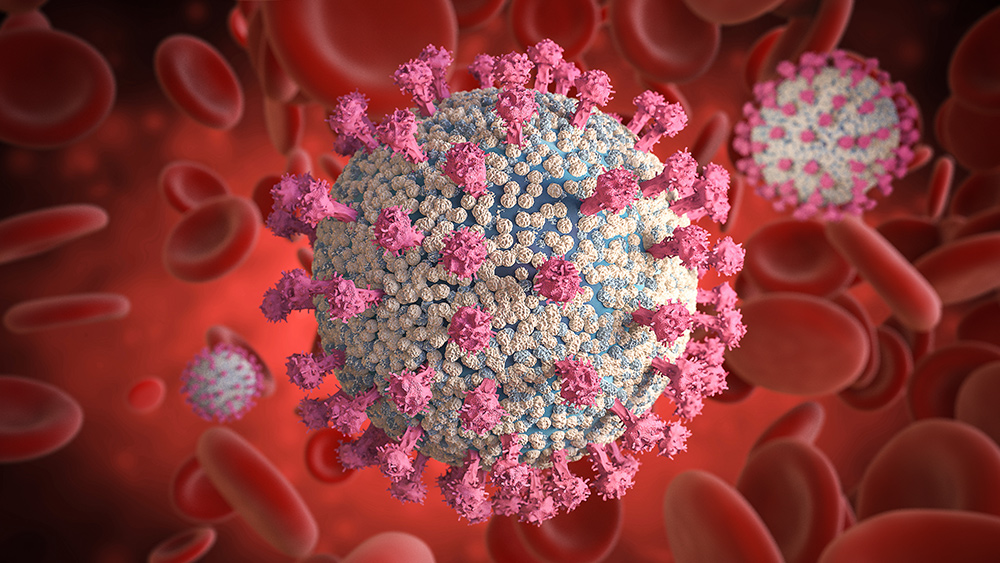
Researchers from the University of Exeter's Penryn Campus in the UK explored how crabs – specifically shore crabs – employ camouflage techniques depending on where they live. They compared two crabs of the same species (shore crabs) that lived in different habitats and found that these crabs, even though they belonged to the same species, have different exteriors to match their environments.
The study, which was published in the journal Scientific Reports, was one of the first investigative works to explore camouflage in real animals through quantitative analysis.
Animal adaptation and camouflage
Camouflage is a crucial aspect of the animal kingdom. Both preys and predators employ it. For a lot of animals, they employ what scientists call "phenotype-environment associations." It involves camouflage, which enables animals (mostly prey) to blend in with their environment. This reduces the chances of being spotted by a predator and increases their chances of survival.
Two of the most common types of camouflage are background matching and disruptive coloration.
There are a lot of studies exploring how background matching works. In this type, animals match the general pattern and colors of the environment. Background matching is habitat-specific, meaning its overall aim is to hide any differences. The limit lies in the animal's outline. If the animal moves too much or casts a shadow, predators may be able to spot them.
Disruptive coloration works oppositely. It employs high-contrast markings near the edges of the body. These markings discontinue the outline and create an illusion that those are the edges. In this manner, the true outlines of the animal's body are hidden and predators have a harder time spotting them.
Scientists are aware that numerous animals employ these techniques, but most studies exploring camouflage have only investigated in artificial, human-made systems. Moreover, most observations were subjective to the researchers' perceptions. In this study, the researchers wanted to quantitatively measure these techniques and observe them on real animals and their habitats.
To date, this study is one of the few works to observe how real animals employ camouflage techniques.
Crabs suit up depending on the habitat
To investigate, the researchers gathered shore crabs (Carcinus maenas) from six different sites in Cornwall. Shore crabs are ideal specimens for this study. Even though they belong to the same species, these crabs have several kinds of exteriors. Researchers believe that these changes were dependent on where they live.
The researchers gathered shore crabs from two different types of environment: mudflats and rock pools. They theorized that crabs who lived in mudflats employed the background matching. This is because mudflats have a homogeneous color and pattern. For crabs who live in the rock pools, researchers theorized that they employ disruptive coloration to match the uneven terrain and colors of the rocks.
They used image analysis to simulate how predators (birds and fish) saw these crabs. They also tried to exchange their environments to see how the crabs fared in different environments. The tests measured them in terms of color, luminance, pattern and disruptive coloration, which produced quantitative data.
Their findings affirmed their theories. Researchers highlighted the need to further investigate how camouflage techniques worked in natural systems.
"Shore crabs are often assumed to be dull and green, but in fact, they can be extremely colorful and every individual can look completely different. Our study goes part of the way to explaining why shore crabs are so diverse," explained Martin Stevens, a professor from the Centre for Ecology and Conservation of the university.
Learn more about how other animals adapt and blend with their environment at Ecology.news.
Sources include:
Please contact us for more information.























